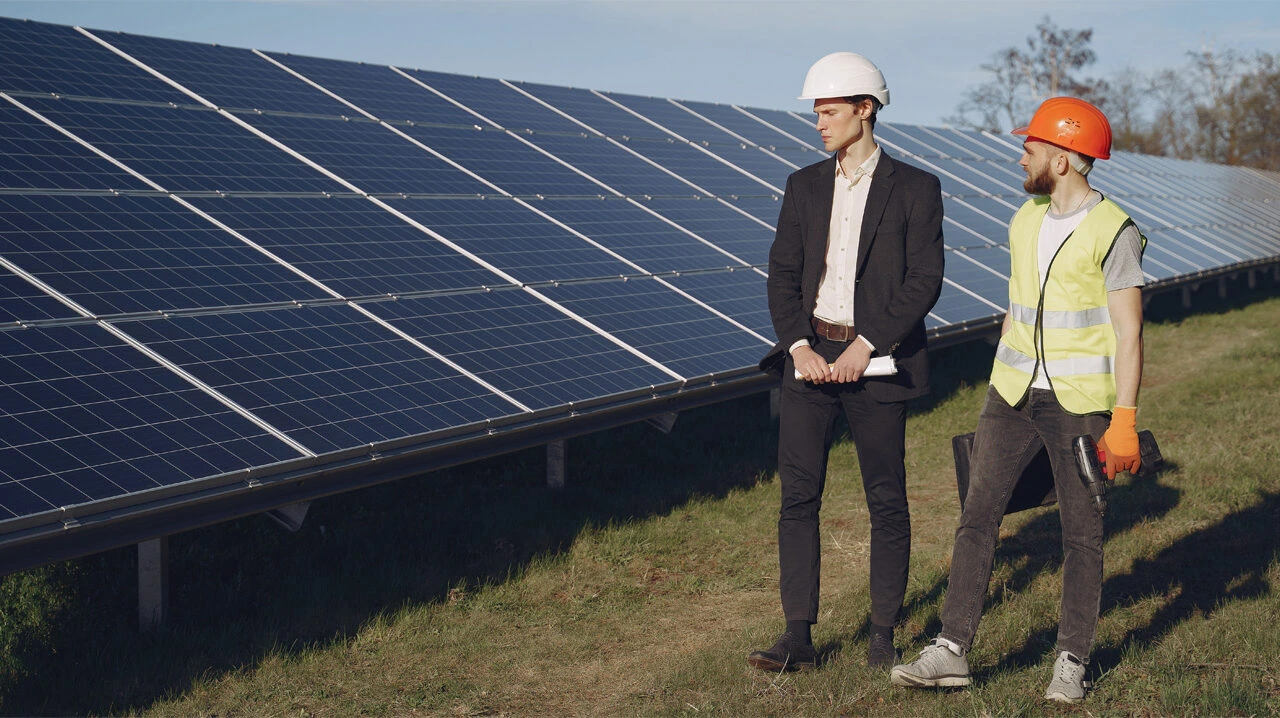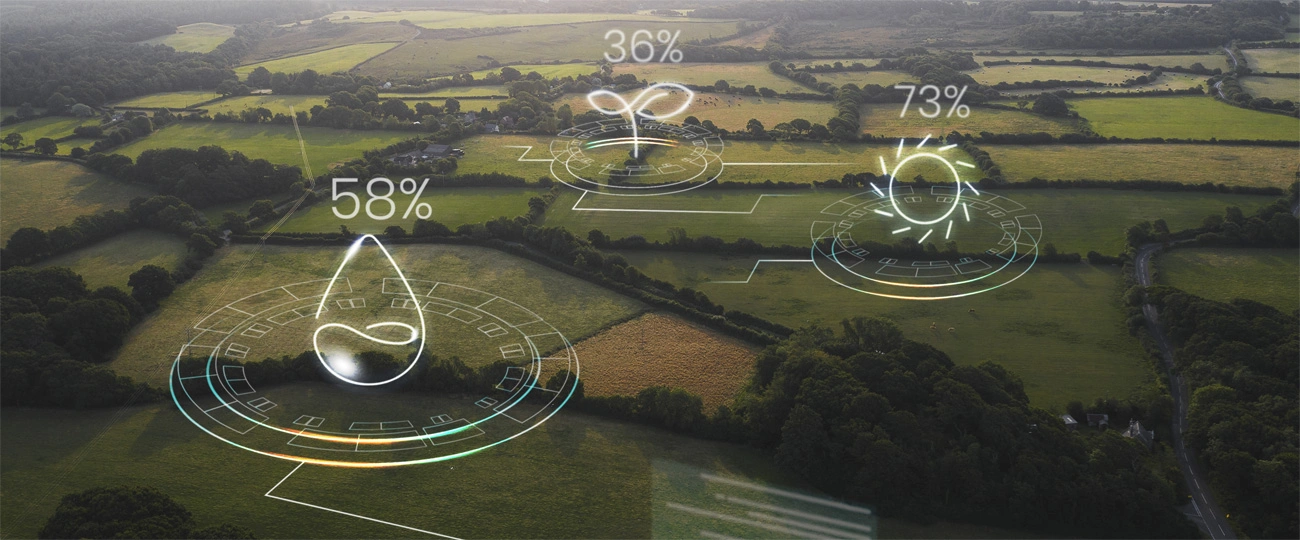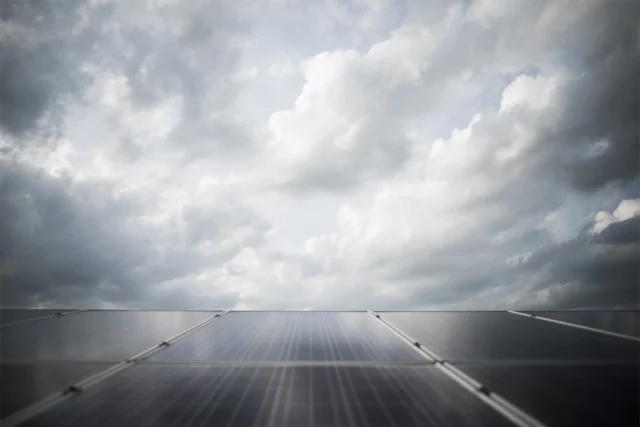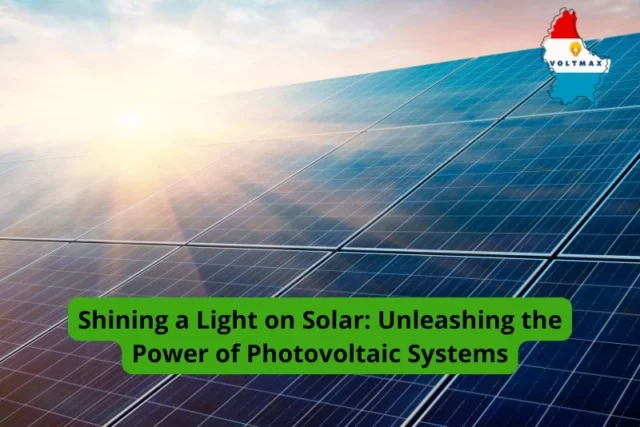
Before deciding to install solar panels in Luxembourg, it’s essential to understand all the aspects of building regulations related to such an investment. Even if installing a system seems like a purely technical and ecological decision, the law can introduce additional formalities or requirements stemming from the local zoning plan.
Understanding these regulations not only reduces the risk of fines for unauthorized construction but also saves time and stress during the administrative process. This helps you avoid unforeseen costs due to required modifications or missing documentation.
A well-managed procedure ensures a smooth workflow – from initial consultations with the local commune to the technical design and the final connection of the installation to the grid. Moreover, being aware of the legal requirements enables you to benefit from financial support schemes, such as Klimabonus or subsidies for energy storage systems. Having a clear picture of the legal framework ensures that your solar panel investment will be not only environmentally friendly but also financially viable and legally secure.
Table of contents
ToggleWhy knowing the building code matters for solar Installations?
Understanding building regulations gives photovoltaic investors a guarantee of both legal and technical safety. Good preparation during the planning stage helps prevent surprises such as a rejected permit application or the need for costly corrections.
Since building law governs land use, every panel installation is assessed in terms of its environmental and visual impact. Many communes have local zoning plans that define how far from the property boundary ground-mounted systems can be installed, how far panels can extend beyond the building’s structure, and what auxiliary structures (e.g., control cabinets) are permitted. Failing to comply with these rules may result in a requirement to restore the site to its previous condition or a financial penalty.
The law also protects the aesthetic quality of the landscape. In some communes, investors are required to use subdued frame colors or to maintain a specific tilt angle so the installation blends with the surroundings. This ensures that solar panels don’t disrupt the visual character of historic or protected areas. Overlooking such provisions may lead to an official order to replace or dismantle the system – regardless of the costs already incurred.
Building safety is another critical area where building regulations play a vital role. The law specifies the maximum load-bearing capacity of the roof, as well as requirements for mounting structures and lightning protection. Adhering to these standards prevents structural damage and ensures compliance with warranty and insurance conditions – as insurance providers often reject claims if the installation wasn’t carried out according to the law.
Environmental and heritage protection requirements are another reason to familiarize yourself with the regulations. If your property is located in a protected natural area or near a listed building, you’ll need additional approvals from the relevant environmental or heritage authorities. Failing to secure these approvals can delay your project by months or even halt it altogether.
Finally, regulatory awareness simplifies the process of applying for financial aid. Programs such as Klimabonus or subsidies for energy storage require a complete set of documents proving the installation complies with building standards. Authorities will only disburse funds if all formalities are properly completed – with no documentation errors or missing approvals. This makes the entire investment process smoother, allowing you to enjoy the benefits of producing your own clean energy.
Do you need a building permit?

Whether you need a building permit for your photovoltaic system in Luxembourg depends on the system’s capacity, the installation method, and the requirements of the local zoning plan (PAG – Plan d’Aménagement Général).
If you plan to install panels on the roof of a residential building with a capacity of up to 50 kW, the procedure is usually limited to a simple notification submitted to the local commune. In such cases, the application can be filed electronically via MyGuichet.lu, and if the mayor does not respond within one month, the application is considered accepted under the “silent approval” rule of Guichet Public.
For systems exceeding 50 kW or installations that are ground-mounted or freestanding, a formal building permit is required. The commune then has up to three months to issue a decision – either approval or rejection. If the authorities request additional documentation during this period, the procedure may be prolonged. This is why it’s important to prepare your application thoroughly and completely.
It is always advisable to confirm the required steps with your local commune. Some communes, through their local zoning plans, may impose additional conditions – such as minimum distances from property lines, height limits for mounting structures, or requirements for visual integration with existing buildings. Failure to meet these conditions may result in an order to dismantle the installation or a financial penalty, even if the system’s capacity complies with regulatory thresholds.
In summary – before you start:
- Determine the planned capacity of the system and whether it will be roof-mounted or ground-mounted
• Check with your local commune whether your project requires a permit or only a notification
• Prepare a complete set of documents (application forms, site plan, technical design)
• Submit your application via MyGuichet.lu using the simplified e-timbre procedure
This way, you’ll avoid unnecessary delays, extra costs related to resubmissions, and the risk of administrative penalties.
What about environmental and heritage protection?

In Luxembourg, the protection of nature and cultural heritage is a top priority. Therefore, before installing solar panels, it’s essential to check whether your property or building is located within a special protection zone. The most common zones include Natura 2000 areas, nature parks, nature reserves, and the surroundings of natural monuments. If your installation is likely to impact such areas, you must obtain a “protection de la nature” approval from the Administration de la nature et des forêts. The procedure typically involves:
- Submitting the location and description of the planned installation,
- Providing a situational map indicating the protected area,
- Outlining the installation’s potential impact on local flora and fauna, along with proposed mitigation measures.
The average processing time for such an application is between 4 and 8 weeks, provided that no additional field studies or expert assessments are required.
If your building is listed as a historic monument or located near a protected heritage site, your project must be reviewed by the Service des sites et monuments nationaux or the Ministère de la Culture. In practice, this means:
- Preparing detailed architectural documentation, including mounting methods (e.g., avoiding visible structures from the street),
- Presenting visualizations or scale models of the installation in the context of the heritage site,
- Obtaining written approval from the heritage conservation authority.
The heritage review process can delay project implementation by several months, particularly if further consultation with local heritage associations is required.
In cases where the project intersects with both nature and heritage protection zones, it’s advisable to entrust the documentation to a company specializing in investments within protected areas. This helps you avoid delays and repetitive document requests from the authorities, ensuring that your project complies with building regulations, environmental law, and heritage protection rules.
Step-by-Step procedure
Consultation with the Communea
The first step is to schedule an appointment or send an email to the commune where your installation is planned. It’s helpful to prepare a brief project description – including the estimated capacity, installation type (roof-mounted or ground-mounted), and location on a map. This gives the official the necessary context to provide tailored guidance.
During the consultation, ask about:
- The zoning status of your plot under the local development plan,
- Any restrictions due to environmental or heritage protection zones,
- Preferred document formats (application and notification forms),
- Any fees associated with processing your application or permit.
At the end of the meeting, request a written confirmation of the outcome – an electronic document or a stamped certificate will make your life easier if there are questions later on regarding compliance.
Installation design and installer selection
Once you understand the commune’s requirements, it’s time to prepare a technical project. When commissioning it from an installation company, make sure:
- The installer is certified and licensed to operate in Luxembourg,
- The project includes an analysis of roof or ground load capacity, depending on the system type,
- It contains detailed plans for mounting structures, cabling, and lightning protection,
- The project addresses safety protocols in case of malfunctions and ensures service access to the system.
A good installer will also advise on the most efficient technological solutions – for example, which panels perform best based on local solar radiation levels.
Submitting the permit application
When the design is ready, gather all required documents: the application or notification form, technical project, site plan, installer declaration, and – where applicable – environmental or heritage assessments.
The most convenient way to submit your application is via the MyGuichet.lu portal. The system integrates with the e-timbre platform, allowing you to pay the administrative fee and track your case online. Alternatively, you can submit a paper application in person at the commune office. Including a checklist of attachments is highly recommended to avoid missing documents.
Awaiting the decision
Once submitted, the commune has up to 3 months to issue a decision. However, if your documentation is complete, this often takes 6–8 weeks. During this time, the office may request:
- Missing attachments,
- Clarification of technical aspects,
- Additional studies (e.g., geotechnical reports for ground-mounted systems).
If you receive such a request, respond as quickly as possible – this avoids resetting the official timeline. After submitting the requested information, the clock resumes 14 days later.
Installation and final inspection
Once you’ve received your building permit or notification confirmation, the installer can begin the work. The installation follows the technical design and typically includes:
- Preparing the roof or ground area for mounting structures,
- Installing the support frames and solar panels,
- Running cables to the inverter and grid connection,
- Installing lightning and surge protection systems.
After installation, a technical inspection takes place. The installer drafts a compliance report, and a qualified building inspector or commune representative verifies:
- The stability of the structure,
- The quality of electrical connections,
- The functionality of safety systems.
Only after this inspection is approved can you contact your grid operator for the final connection and commissioning of the system. Once completed, your installation begins generating electricity, and you can monitor energy production while enjoying reduced electricity bills.
What about financial incentives?
In Luxembourg, investing in photovoltaics can be significantly more affordable thanks to several financial support schemes. The primary mechanism is Klimabonus (“klimabonus wunnen”), which promotes solar installations — including both traditional rooftop systems and building-integrated photovoltaics (BIPV).
To qualify for the subsidy, the system must have a capacity of up to 30 kW and be used for self-consumption or as part of an energy community.
The program offers support covering 50% of the installation costs, capped at €1,250 per kW. This makes it particularly attractive for small and medium-sized residential systems.
In addition to the photovoltaic panels, there is also funding available for energy storage systems. Applications for battery subsidies can be submitted either together with the PV application or as a separate step. The amount granted depends on the storage capacity and is typically based on a fixed amount per kWh, provided a minimum percentage of the total installation cost is allocated to the battery. This support significantly increases the self-consumption rate and overall profitability of the installation.
How to apply for the grant
The grant application is usually submitted after the installation is complete and the technical inspection has been passed. Formally, the application is submitted to the Guichet unique des aides au logement (Single Housing Aid Office), along with the following documents:
- The approved technical design of the installation,
- The technical inspection report,
- A declaration of compliance from the installer,
- A copy of the applicant’s ID and a bank account statement (RIB).
Once your application is verified and all conditions are confirmed as met, the funds are transferred directly to the system owner’s account — typically within 2 to 3 months after submitting a complete application.
Thanks to this support, the actual cost of the PV system may be reduced by up to 50%, significantly shortening the return on investment (ROI) time.
Summary – key guidelines
- Contact your commune office to determine whether your installation requires a permit or just a notification. Before your visit, prepare a brief summary of your project (system size, location, installation method) to receive accurate guidance on required steps and fees.
- Check for additional environmental or heritage approval if your property lies within a protected zone. If your land is located in a Natura 2000 area, a nature park, or near a listed building, you’ll need to follow extra procedures with the relevant authorities.
- Have the system designed by a certified installer. A professional will ensure proper structural analysis, secure mounting, lightning protection, and prepare the complete technical documentation needed for the application process.
- Wait up to 3 months for permit approval – though using MyGuichet.lu can speed things up. This platform lets you pay the e-timbre fee online, track the status of your case, and receive notifications of missing documents.
- Only after a successful technical inspection can the system be commissioned and connected to the grid. A building inspector or commune representative will verify structural integrity and correct electrical installation — without the final inspection report, you cannot start generating energy.
- Take advantage of Klimabonus and PRIMe House, making sure your system meets capacity and installation criteria. For installations up to 30 kW intended for self-consumption, you may qualify for up to 50% in subsidies, plus additional funding for energy storage.
By following these steps, your entire photovoltaic project — from concept to commissioning — can proceed smoothly, safely, and with full financial support. Proper preparation ensures a stress-free installation process and a faster return on your investment.







